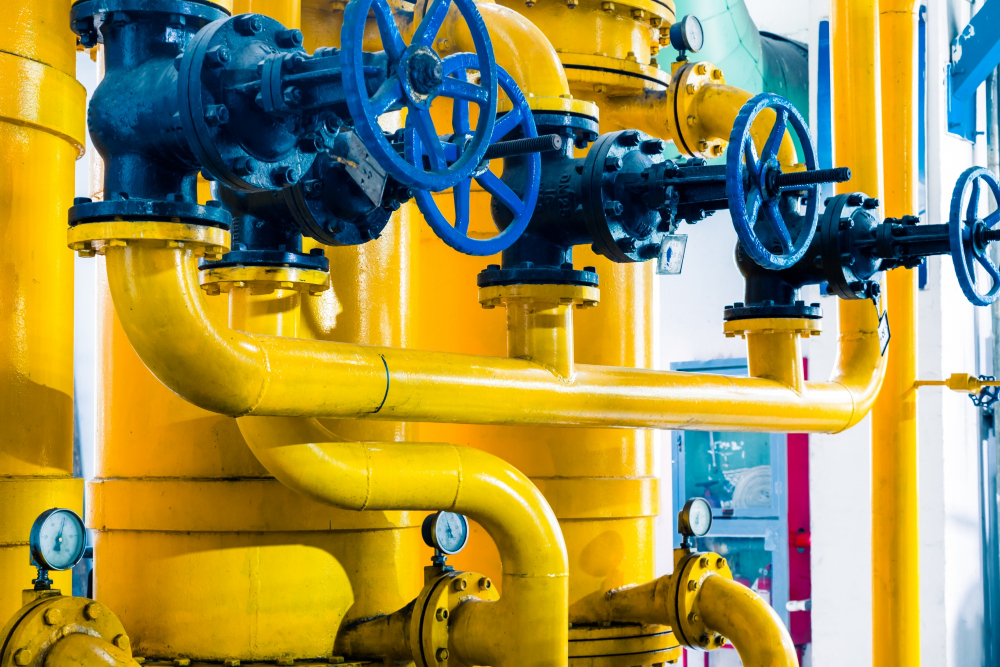Introduction
Pipe relining solutions Sydney is the best solution for old, damaged pipes. It’s not only cost-effective and efficient, but it also minimizes disruption to your home or business. If you’re looking to install pipe lining in Los Angeles or surrounding areas, we can help! We’ll show you how the process works and what you need to know before proceeding with this type of repair work.
Four Step Process to Install Lining
The process of installing pipe lining is a four-step process:
- Clean the inside of your pipes.
- Apply epoxy to the inside of your pipes so that when you install the liner, it will adhere to them and not fall out when you pull up the liner.
- Install the lining by applying it over top of where you applied epoxy (this will help bond it together). Make sure you don’t overlap too much or else it won’t dry as quickly and could cause problems with breaking during tests later on down the road if there is any overlap at all between layers!
- Test your system using water pressure or other methods depending on what type of system you have installed before installing any permanent fixtures such as faucets or shower heads onto these newly relined pipes!
First Step
- Shut off the water supply to the pipe by turning off a valve or faucet.
- Drain all of the water from the pipe by flushing it with air (there are special machines that do this). You can also use an electric drill with a large screwdriver bit on it; tighten down on an inch or so of pipe, then turn counterclockwise until it comes loose from its connection point. Repeat as necessary until you’ve loosened all of your connections and have drained all of your pipes completely dry—this process should take about ten minutes per connection point for a typical house’s pipes (using both methods).
- Use a hacksaw to cut through any sections of existing PVC/CPVC pipes where they’re still connected to their original places; cut as close as possible without actually damaging anything else (like concrete walls), but don’t worry if there’s some collateral damage here—that’s okay!
Second Step
The second step involves cleaning the pipe, applying a thin coat of glue and then lining it with the new material. The lining is pushed into place by hand, giving you an idea of how easy it would be to do this yourself.
The third step involves sealing both ends of the pipe and cleaning up any excess glue that might have gotten onto other surfaces around your home or business.
Third Step
Step Three: Cleaning, Inspection, and Preparation
- Cleaning: Before the lining can be installed, the existing pipe must be cleaned. This process removes any corrosion or debris that may have accumulated in the pipe over time.
- Inspection: The relining process is highly precise, so it’s important to make sure that there are no cracks or other defects on your pipes before they can be lined with a new resin coating. By running an ultrasonic test along each length of exposed pipe surface and visually inspecting every joint area for defects, we ensure that only working materials are used during our relining jobs.
- Preparation: After inspection has been completed and any cracks or significant defects found have been repaired or replaced, we’re ready to begin installing our proprietary SuperSeal® cementitious composite pipe lining material inside your sewer lines!
Fourth Step
In the fourth step, the pipe relining contractor will connect the existing water pipes and sewer lines to the new sections of pipe. This process is completed by using a special type of epoxy resin that bonds with both old and new sections of pipe.
When this process is complete, it will look like your entire plumbing system has been replaced!
Relining is the way to go
- Relining is a cost-effective way to repair pipes that are difficult to access.
- If you’re looking for an environmentally friendly solution, relining may be the answer.
- Because relining takes less time than replacement and can be done during off hours, it can save you money on labor costs.
Conclusion
With proper equipment and training, you can install pipe lining like a pro. It’s important to remember that there are many factors that will affect the outcome of your relining project and it may not always be possible to predict with complete certainty what those factors will be. However, with adequate knowledge of how the process works and careful monitoring during installation, you can greatly increase the odds of success. Visit website for more information about relining.
